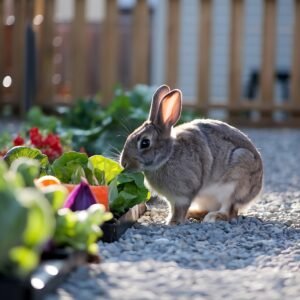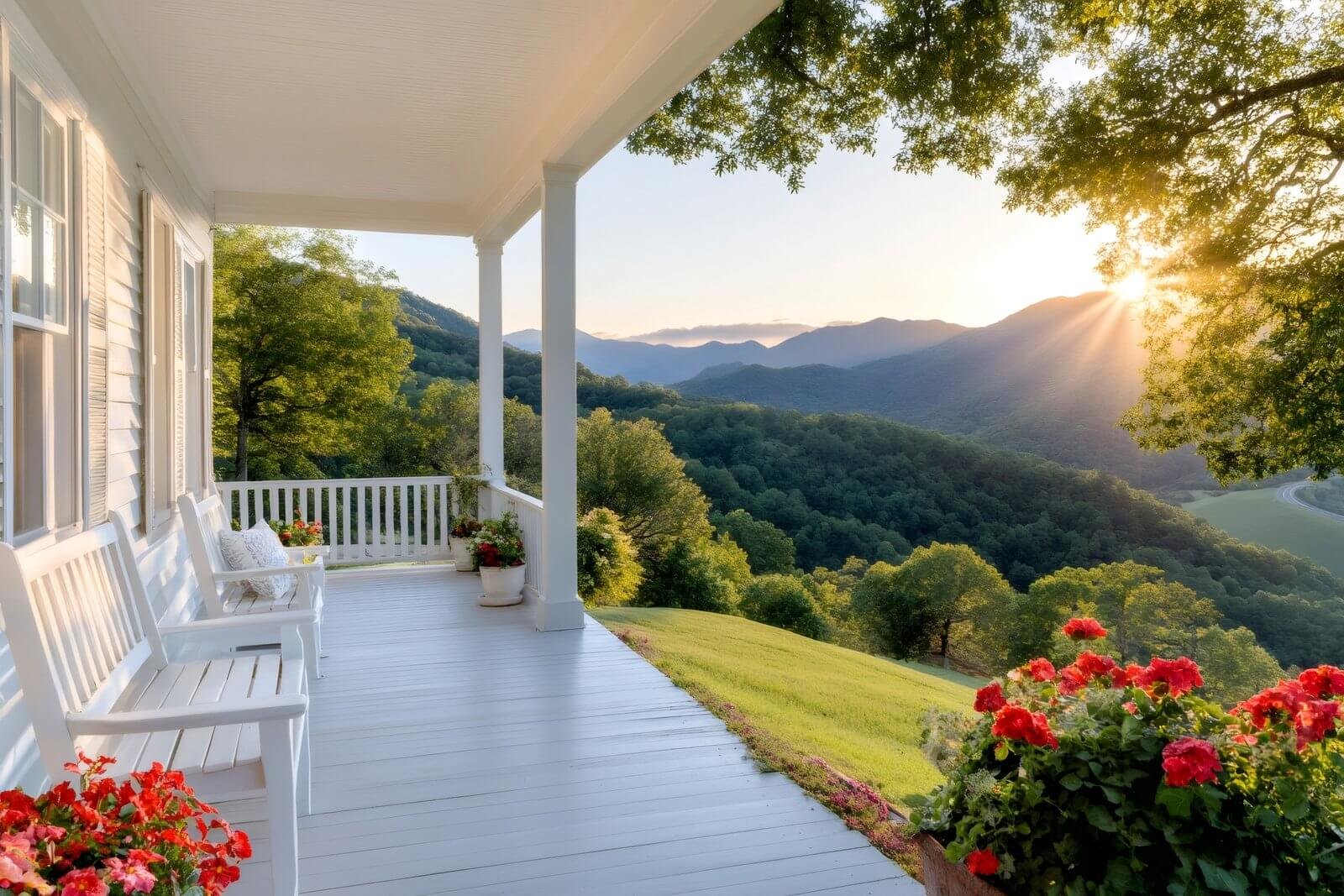Starting a Garden for Beginners: The Must-Know Basics No One Tells You
Starting a garden sounds easy—just dig a little, drop in some seeds, and water, right? I thought so too. But the truth is, there’s a lot more to it. And if you’re new to gardening, knowing the basics can save you time, money, and more than a few frustrations. I’ve learned the hard way (and wasted more than a few packets of seeds), so let’s chat about what you really need to know before getting started.
First—Why Are You Starting a Garden?
Before you plant anything, ask yourself why you’re doing this. Is it for food security? A peaceful hobby? Maybe to fill your time with something more rewarding than scrolling on your phone. Whatever your reason, knowing your “why” will help you decide how big to go and how much to spend.
Speaking of Money—Set a Budget
Gardening can be as cheap—or as expensive—as you make it. You might need:
-
Fencing to keep critters out
-
Hardscapes like trellises or tomato cages
-
Raised beds or planter boxes
-
Soil, amendments, tools, seeds, or even compost
It’s easy to get swept away at the garden center, so plan ahead. Even basic items can add up quickly if you’re building everything from scratch.
Location, Location, Location – Let the Sun Be Your Guide
Sunlight is a make-or-break factor. Most vegetables need a full day of sun—especially that warm southern exposure. If you’re planting flowers, read those seed packets or tags: some blooms love the sun, others thrive in shady corners.
The key? Watch your yard throughout the day. You’ll quickly see where the sun lands longest—and that’s where your veggies want to live.
Soil: Not All Dirt Is Created Equal
This was a big one for me. I thought you could just dig up the yard and toss in some seeds. Nope. If you’re using raised beds or square foot gardening, it’s an entirely different ball game. We tried one garden center’s mix—awful! Then tried another—better, but not quite right.
The game-changer? Learning to amend the soil with compost, peat moss, and other organic materials. It needs to drain well and still retain enough moisture. And don’t forget the fertilizer schedule—plants are hungry little things.
In-Ground vs. Raised Beds
If you have healthy soil, in-ground gardening might work fine. But raised beds or square foot gardens can be better for beginners. They’re easier to manage, allow for better drainage and weed control, and can even be raised to waist height—great if bending over is an issue.
Protect Your Garden Like It’s Fort Knox

You’re not the only one who likes fresh produce. Deer, rabbits, and squirrels can clean you out in one night if you’re not prepared. Here are a few things that help:
-
A good fence (tall and buried a few inches deep)
-
Motion-activated sprinklers to startle deer
-
Natural repellents like garlic spray, human hair, or Irish Spring soap
-
Planting marigolds and strong-smelling herbs around your veggies
A little effort upfront can save your harvest down the road.
Start Seeds Indoors and Save Big
One of the easiest ways to save money in the garden is by starting seeds indoors. Use a sunny window or simple grow lights, and you’ll have healthy little seedlings ready to plant when the weather warms up.
Starting early means more variety, healthier plants, and a big head start when spring rolls around. You just need a small space and a grow light, but remember that those little baby plants grow quickly. Plan accordingly.
Seeds: One Season and Done
Here’s something I didn’t know: many seeds won’t carry over to next year. Some commercially available seeds are only good for one season. I tried planting beans from the year before—nothing came up. If you want to save seeds, make sure you’re using heirloom or open-pollinated varieties.
Don’t Forget the Hardscape
Cucumbers, melons, and tomatoes love to climb. Be sure to plan for trellises, cages, or other supports when you’re first laying out your garden. Trust me, trying to install these later—when plants are already sprawling—is a real headache – if not impossible!
Give Your Plants Some Elbow Room
It’s easy to get carried away when planting—you see those tiny seedlings and think you can fit a dozen in one bed. But trust me, they grow. Fast. Soon, you’ve got a jungle. Be sure to space your plants properly from the start, or you’ll spend your summer trying to untangle the chaos.
Flowers Aren’t Just Pretty—They’re Helpful
Planting marigolds, basil, or mosquito plants near your vegetables can naturally repel pests. Bonus: they’re beautiful and attract the good bugs you actually want around, like pollinators. Starting a garden for beginners should always include some of these flowers.
“To plant a garden is to believe in tomorrow.” Audrey Hepburn
Feed Your Soil, Feed Your Plants
Let’s talk fertilizer. You’ll see three numbers on every bag—something like 10-10-10. That’s your N-P-K ratio:
-
N = Nitrogen, for leafy green growth
-
P = Phosphorus, for strong roots and flowers
-
K = Potassium, for overall health and disease resistance
In the early growing stage, your plants may need more nitrogen. Later, as they start to bloom or fruit, they’ll need more phosphorus and potassium. It’s like feeding a growing child—needs change with time.
Pollination Matters More Than You Think
With bee populations declining, pollination isn’t always automatic. You might need to give Mother Nature a hand—literally. I’ve had to hand-pollinate certain plants like squash and zucchini. Speaking of zucchini…zucchini plants often grow only male flowers at first—which means no fruit. It’s one of those little things no one tells you until you’re weeks in and wondering why you’re not seeing results. Patience (and a little plant biology knowledge) goes a long way.
Water: Not Too Much, Not Too Little
Consistency is key. Try watering in the morning when the sun’s low and the wind is calm. It gives plants a full day to soak it in and prevents mold or mildew from wet leaves overnight.
Stick your finger in the soil—if it’s dry down to your knuckle, it’s time to water. You’ll get the hang of it quickly. I use a meter that is for moisture as well as pH – and I use it every day. It’s easy to put some liquid fertilizer into the watering can once every week or so – and kill two birds with one stone.
Good Neighbors in the Garden
Some plants play well together, others… not so much. Here are a few smart combinations:
-
Basil and tomatoes – They love each other, and basil helps keep bugs away.
-
Marigolds and anything – These cheerful flowers help deter pests like aphids and nematodes.
-
Cucumbers and radishes – Another happy couple.
Avoid pairing beans and onions, or tomatoes and corn. They tend to compete instead of cooperate. And you never want to plant melons near cucumbers. You might not like the taste of the melons.
Why Gardening Is More Than Food
Gardening is good for your body, mind, and spirit. It’s low-impact exercise, a natural source of Vitamin D, and even better—a break from screens and stress.
And in today’s world? Growing a little of your own food gives you peace of mind that’s hard to buy. Even a few pots of herbs on the patio can make you feel more self-reliant and connected to the earth. Starting a garden for beginners is a big undertaking – plan well!
I invite you to contact me with any questions or comments.


